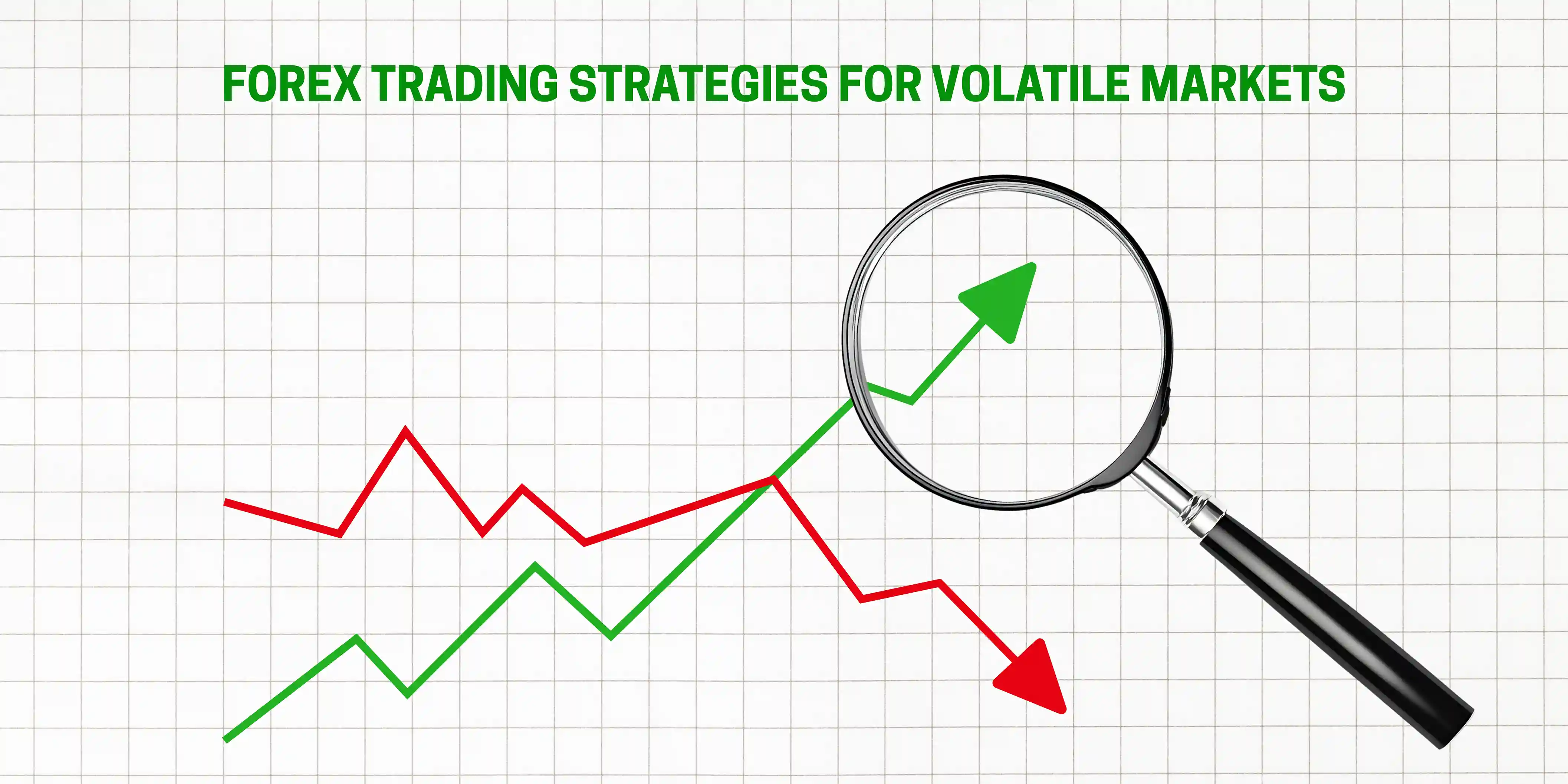Forex Trading Strategies for Volatile Markets: How to Trade When the Market Moves Fast

Forex markets can sometimes move very quickly, with prices changing dramatically in a short time. This is called volatility, and while it offers great profit opportunities, it also comes with increased risk. Knowing how to trade during these times is essential for success.
In this article, we will discuss effective strategies for trading in volatile forex markets. We will also share tips on managing your risk so you can protect your capital while taking advantage of market swings.
What is Market Volatility?
Market volatility refers to how much and how quickly prices change. In forex, volatility can spike during major economic events, political announcements, or unexpected news. These fast moves can create big profits — or big losses.
Volatility is normal, but it’s important to adapt your trading style to suit these conditions.
Why Is Volatility Important in Forex Trading?
- More Opportunities : Large price swings mean more chances to enter profitable trades.
- Higher Risk : Prices can move sharply in either direction, which can wipe out accounts quickly without proper management.
- Wider Spreads : Brokers may increase spreads during volatile times, which affects trading costs.
Understanding volatility helps you plan better and avoid costly mistakes.
How to Trade in High Volatility Markets
Here are some effective forex trading strategies and tips for high volatility trading.
1. Trade with the Trend
Even during volatile times, markets tend to have a direction.
- Use moving averages or trend lines to identify the overall trend.
- Focus on trading in the direction of the trend to increase your chances of success.
- Avoid trying to pick reversals in highly volatile conditions as they can be unpredictable.
2. Use Wider Stop-Loss and Take-Profit Levels
Volatile markets cause larger price swings, so tight stops can get triggered easily.
- Adjust your stop-loss and take-profit levels wider than usual.
- This helps avoid being stopped out by normal market noise.
- Make sure the wider stops still respect your risk management rules.
3. Trade Breakouts Carefully
Volatility often leads to breakouts, where price moves beyond support or resistance levels.
- Wait for confirmation of the breakout (like a candle close beyond the level).
- Use volume or momentum indicators to confirm strength.
- Be aware of fake breakouts that can trap traders.
4. Avoid Trading Just Before Major News Releases
Trading during major economic news can cause sudden spikes.
- Many traders prefer to avoid trading minutes before and after important news announcements.
- If you do trade during news, reduce your trade size and use strict stop-loss orders.
- This is important because spreads often widen and slippage can occur during news.
Trading During News : What You Need to Know
Trading during news can be profitable but risky. Here are some guidelines:
- Check an economic calendar to know when major events are scheduled.
- If you decide to trade news, focus on currency pairs most affected by the event.
- Use limit orders to control your entry price.
- Consider staying out of the market for a few minutes after news to let volatility settle.
Forex Risk Management in Volatile Markets
Good forex risk management is essential when markets are volatile.
Key Risk Management Tips:
- Use Stop-Loss Orders: Always protect your trades with stop-loss to limit losses.
- Limit Risk Per Trade: Risk only 1-2% of your account on each trade, even if volatility tempts you to risk more.
- Use Proper Position Sizing: Smaller positions reduce risk in fast-moving markets.
- Avoid Overtrading: Volatility can tempt you to trade too often. Stick to your trading plan.
- Keep Emotions in Check: Volatile moves can cause fear or greed. Stay disciplined and follow your rules.
Best Forex Indicators for Volatile Markets
Some technical indicators work well during high volatility:
- Average True Range (ATR): Measures market volatility to help set stop-loss and take-profit levels.
- Bollinger Bands: Show volatility bands that widen when volatility increases.
- Relative Strength Index (RSI): Helps identify overbought or oversold conditions even in fast markets.
- Moving Averages: Help confirm trend direction amidst market noise.
Final Thoughts: Trading Successfully in Volatile Forex Markets
Volatile forex markets offer exciting opportunities but also demand caution and skill. By adapting your strategies to include trend following, wider stops, cautious breakout trading, and careful news trading, you can improve your chances of success.
Most importantly, strong forex risk management protects your capital and keeps you in the game for the long term.
Stay disciplined, keep learning, and use volatility to your advantage.


